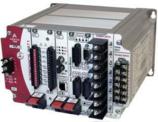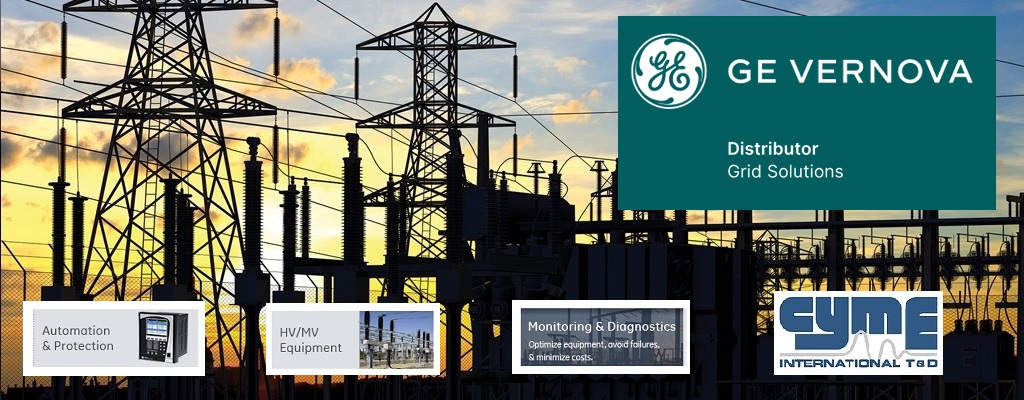 The North American Reliability Council (NERC) has defined a number of standards for disturbance monitoring and reporting requirements for transmission and generation systems.
The North American Reliability Council (NERC) has defined a number of standards for disturbance monitoring and reporting requirements for transmission and generation systems.
The primary standards are PRC-002-1 and PRC-018-1 which are to be replaced by PRC-002-2 when approved. These standards, or versions from the eight regional reliability councils that are charged with compliance enforcement of the NERC standard, establish requirements for installation of Disturbance Monitoring Equipment (DME) .
Key Elements of the Standard
NERC PRC-002-2 is attempting to standardize the regional reliability requirements concerning DME. The differences are minimal compared to the already approved PRC-002-1 and PRC-018-1.
PRC-002 requires DME on nearly all lines of 200kV and up, as well as generation connected to the grid at 200kV and above. Prior standards generally required DME only on EHV lines (345kV and up) and the nature of the recordings also differed.
PRC-002 describes three recording functions in detail:
• Sequence of Events (SOE) logging
• Fault Recording (FR)
• Dynamic Disturbance Recording (DDR)
While the first two are more widely available, DDR function is comparatively novel, more demanding, and generally only available from newer Digital Fault Recorders (DFRs).
Focusing on DDR, PRC-002 requires utilities to:
• Capture a continuous recording of up to nine measurements per line (per-phase volts and amps, total MW and MVARs, and frequency) with high resolution and make it available in Comtrade (C37.111) format using the “long file naming convention” (C37.232).
• Preserve a continuous record for ten days.
• Archive disturbances identified as being of interest for three years.
While the existing requirements are for 200kV and above, NERC has provided a draft definition of the Bulk Electrical System (BES) under Project 2010-17 that defines applicability and exceptions at the 100kV level and above. So while not a certainty, there exists the possibility that the PRC-002-2 could be extended below 200kV, and in fact Northeast Power Coordinating Council (NPCC) for one is looking to apply PRC-002 to BES levels.
Why This Matters Now
Being able to comply with the NERC and various regional reliability council requirements is becoming increasingly important for transmission and generation operators as the time to comply in some areas is already at hand. Because the standards require DME in some cases where no or minimal recording capabilities existed (installations starting as low as 100kV) operators are in need now of cost-effective solutions that meet the current and coming standards.
Alstom Solution

Bitronics 70 Series IEDs are compliant with existing and impending PRC-002 standards in all three recording areas. With memory option up to 512MB there is more than adequate storage to meet the required number of recordings. They offer the ability to record both the time sync status as well as the time sync error for the DDR. The biggest advantage for a 70 Series recorder is as a one-unit-per-line device, it can be retrofitted into existing substations much more easily and cost effectively than adding a full-size DFR. The addition of a split-core CT option for the 70 Series later this year will make installation even easier.



